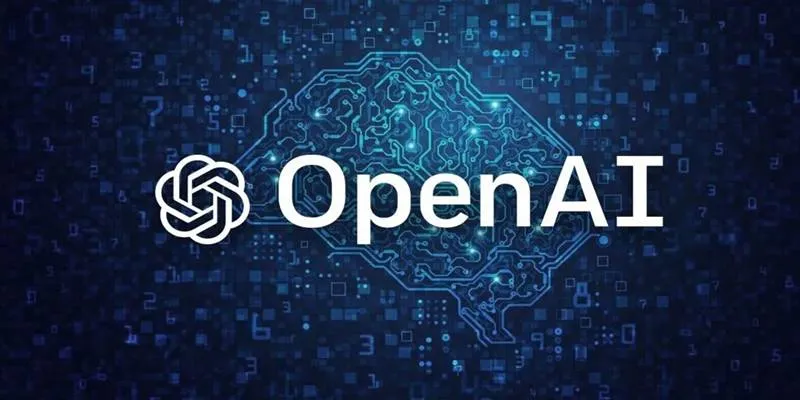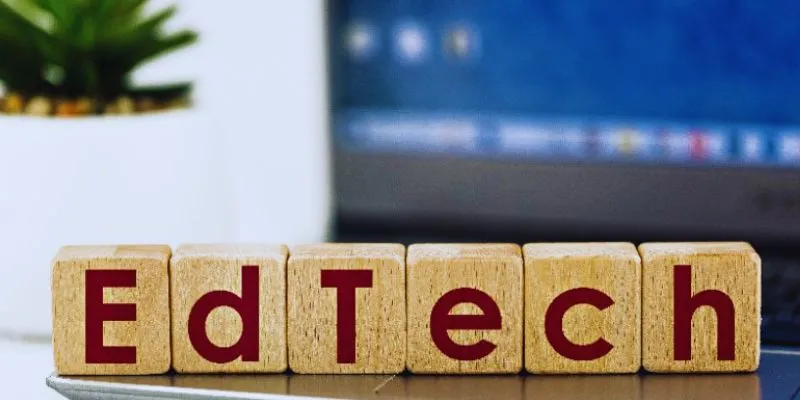Introduction
China’s artificial intelligence sector has a new contender making headlines. DeepSeek, a Chinese AI startup, has launched its flagship large language model, already drawing comparisons with the world’s most advanced systems. Created by a team with experience at major tech companies, DeepSeek aims to show that China can develop AI models on par with global leaders. Its arrival marks more than technical progress; it’s a broader push to shape the future of AI.
A New Challenger Emerges
DeepSeek enters a competitive field as generative AI becomes essential in daily life and business. OpenAI’s GPT series has dominated headlines, but there’s growing demand for alternatives that address regional needs. DeepSeek makes its case with DeepSeek-LLM, a language model built with 67 billion parameters, trained to understand both Chinese and English effectively.

The company claims its model performs comparably to GPT-4 on many tasks, excelling in natural language processing in Chinese and delivering good results in English. Testers have praised its fluency, contextual understanding, and solid performance in fields like law, healthcare, and scientific writing. Its ability to hold nuanced conversations in Chinese gives it an edge over Western models, which often struggle outside English.
Rather than simply scraping vast amounts of public data, DeepSeek focused on building a cleaner, more structured training set, collaborating with academic and research institutions. This method helps avoid biased, unverified data while producing more trustworthy outputs. The model is designed to be powerful and better aligned with ethical and legal considerations in China and beyond.
Strategic Moves to Compete
OpenAI has built a strong foundation with its GPT models, offering an integrated ecosystem and ongoing improvements. DeepSeek recognizes this, aiming to compete by making strategic choices reflecting local realities and user expectations.
One notable decision is optimizing its technology for Chinese-made hardware. U.S. export restrictions on advanced chips have made it harder for Chinese firms to access the latest processors. DeepSeek’s engineers claim their model runs effectively on domestic chips, allowing Chinese institutions and companies to reduce reliance on foreign supply chains without losing much in performance.
DeepSeek has also opted to keep parts of its system open from the start. Academic users can access the weights for research purposes, and developers are encouraged to build on the platform. This openness contrasts with OpenAI’s increasingly closed approach and has won early support from researchers who value transparency and collaboration.
Another selling point is cultural and linguistic relevance. While OpenAI’s models are strongest in English, DeepSeek’s architecture was built to perform equally well in Chinese, with careful attention to regional nuances and sensitivities. This makes it a more attractive option for users wanting an AI that works fluently in their language and aligns with local customs and regulations.
The Bigger Picture of AI Rivalry
DeepSeek’s arrival highlights an ongoing contest between the United States and China in advanced technology. While OpenAI remains globally prominent, Chinese firms like Baidu and Alibaba have also developed generative AI products. DeepSeek adds another dimension by presenting itself as a serious challenger on technical and cultural grounds.

This rivalry involves more than just who builds the most capable AI. It reflects national priorities around technological independence, data sovereignty, and innovation. China’s government has invested heavily in supporting domestic AI development, encouraging startups like DeepSeek to create homegrown solutions. These policies aim to reduce dependence on Western technology and give Chinese users more control over their data and tools.
For global users, this competition could diversify the AI landscape. OpenAI’s dominance has drawn criticism for high costs, limited openness, and lack of support for languages other than English. By offering an alternative that emphasizes openness, adaptability, and bilingual performance, DeepSeek challenges some of these shortcomings and encourages innovation.
Looking Forward
It remains to be seen whether DeepSeek can sustain its momentum. Building a competitive language model is a major achievement, but staying at the forefront of AI research and development requires continuous effort. OpenAI has shown how difficult it can be to maintain leadership even with ample resources and talent.
Still, DeepSeek’s debut shows that Chinese AI firms are becoming more confident and capable, drawing on experience gained both domestically and abroad. Its commitment to linguistic balance, hardware adaptability, and transparency sets it apart. If the company continues to improve and scale its technology, it could play a crucial role in shaping the next generation of AI tools and standards.
For users, the rise of DeepSeek means more choice and potentially better solutions tailored to specific languages and regions. It also serves as a reminder that the future of AI will not be decided by a single company or country but by diverse players bringing their ideas and priorities to the table.
Conclusion
DeepSeek’s launch is more than just a technology announcement. It reflects the growing maturity and confidence of China’s AI industry while offering users a meaningful alternative to dominant Western models. With its bilingual capabilities, openness to researchers, and hardware independence, DeepSeek brings a different vision of how AI can work for people. Whether it eventually overtakes OpenAI or carves out its niche, the company has already shown that Chinese firms can compete at the highest level. In a field defined by rapid progress, having strong contenders like DeepSeek keeps the conversation moving and innovation alive.
For more insights on AI developments and industry trends, you can explore related articles on our technologies category page.
 zfn9
zfn9























